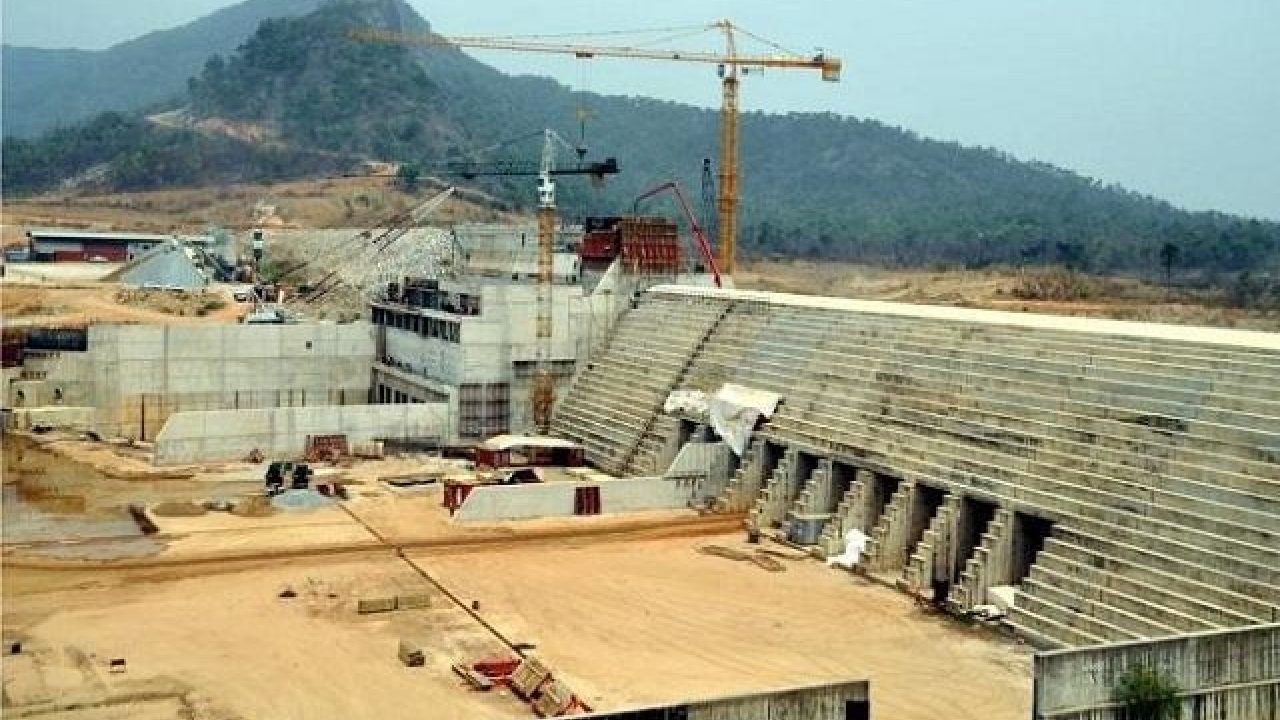Recover N2 trillion ‘sunk’ into power projects
Twenty years into Nigeria’s financial investments to overhaul and upgrade the electricity sector, it has become apparent that stakeholders have rather pilfered the funds without providing electricity. Many projects under the Nigeria Integrated Power Project (NIPP) scheme, valued at about N2 trillion, have either been abandoned or stalled over the last two decades. The electricity […]

Mambilla hydropower
Twenty years into Nigeria’s financial investments to overhaul and upgrade the electricity sector, it has become apparent that stakeholders have rather pilfered the funds without providing electricity. Many projects under the Nigeria Integrated Power Project (NIPP) scheme, valued at about N2 trillion, have either been abandoned or stalled over the last two decades. The electricity megawatts they were expected to have added to the national grid were not delivered. The funds sunk into the projects have not been recovered. It is apparent that the problem of the power sector may not necessarily be the lack of financial investment by the government but sabotage by stakeholders who failed to execute power generation and distribution projects.
A recent report published by the Daily Trust exposed the magnitude of the sabotage. Under the NIPP project, funded from the Excess Crude Oil Account, the government projected to establish 10 gas-fired power stations with a combined installed capacity of 4,528.5 MW. With gas-powered power stations, Nigeria would not depend absolutely on annual rainfall to accumulate water in our dams for hydroelectric power generation. The country’s dependence on hydropower has been responsible for seasonal fluctuation in power supply when the water level in hydroelectric stations drops significantly. However, the gas-power stations did not generate power, more than two decades later. Some of them include the Egbema Power Plant in Imo State, the Gbarain Power Plant in Bayelsa, the Mambilla Power Plant in Taraba State, the Kukenda Power Station in Kaduna State, and the Okpai Independent Power Plant in Delta State. Additional investments in the Gurara II hydroelectric plant in Kaduna State and the Katsina Wind Farm Project failed to yield results.
Under the Transmission sector, as many as 334 projects funded since 2007 are yet to be completed, more than a decade after they were initiated. Unfortunately, the projects were funded through bilateral and multilateral facilities, debts that the government must service and repay. Apart from an investment of N125.2 billion by the government, loans were obtained from the World Bank, the Africa Development Bank, the French Development Agency (AFD), and the Japan International Cooperation Agency. The initial deadlines for completion of the projects have since elapsed. Though the government gave the contractors additional deadlines, they have also been missed. This failure at project management provides a clear insight into why the power sector has remained comatose and as a constant feature in political campaigns for over two decades now.
The Minister of Power, Adebayo Adelabu, was succinct when he lamented that the uncompleted projects were politically established and not necessarily meant to be executed to meet the electricity needs of the country. According to him, “We’ve committed the country’s money but are not getting the benefits of these investments. We’re not optimising such projects”.
Northerners have no moral right to reject Tinubu in 2027– Shehu Sani
Shehu Sani to Lamido: Look beyond politics on security issues
However, it is not enough for the minister to theorise about the problem. The authorities have failed to effectively supervise projects and hold the stakeholders who have received huge funding from the government to account. The implications are grim. The country’s capacity for power generation is put at 13,000 megawatts, but the daily distribution capacity is dismally 4,500 megawatts. This is in spite of the fact that Nigeria’s demand for electricity is very high. A significant portion of power needs is met by off-grid sources, such as diesel and petrol-powered generators, and solar power.
It is evident that the country is becoming a graveyard for failed power projects unless quick steps are taken to address the situation. We recommend that the government take an audit of the power projects to find out which among them could be revived, sustained, and completed. This step is critical because some of the projects initiated about two decades ago and abandoned may not be sustainable, and further funds channeled into them would be money into some sinkholes. The investigation should be thorough to include those who, through omission and commission, caused the failure of the projects. They must be prosecuted and the monies paid to them recovered.
The government must clean up the mess in the sector instead of approving the hike in electricity tariff. The problem with the sector is not exactly the tariff or even inadequate investment by the government. It is the failure of the government to monitor projects that have gulped a lot of funds but failed to produce electricity or those that failed to put in place the infrastructure to distribute energy that has been generated by power stations. Nigeria cannot continue to wallow under failed electricity projects. Power is very critical to households and industries; deliberate steps must be taken to correct past complacency and stakeholders who received funds from the government must be held accountable.
